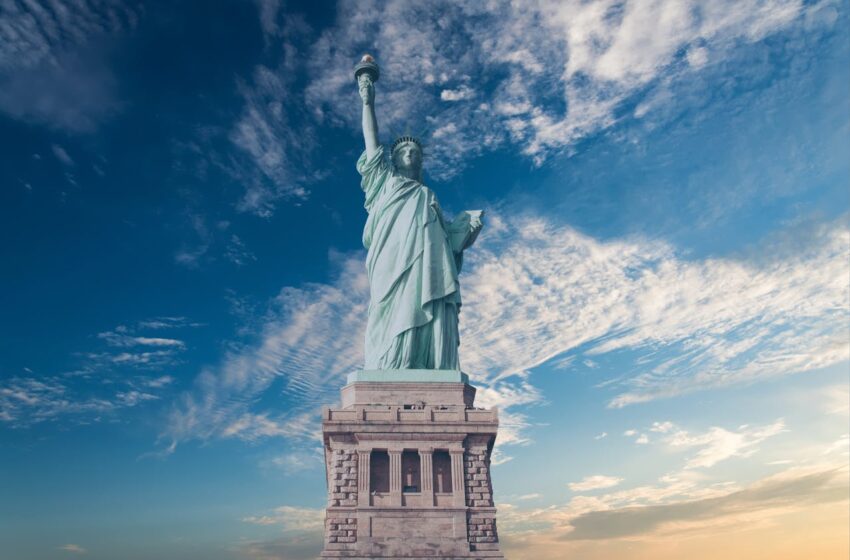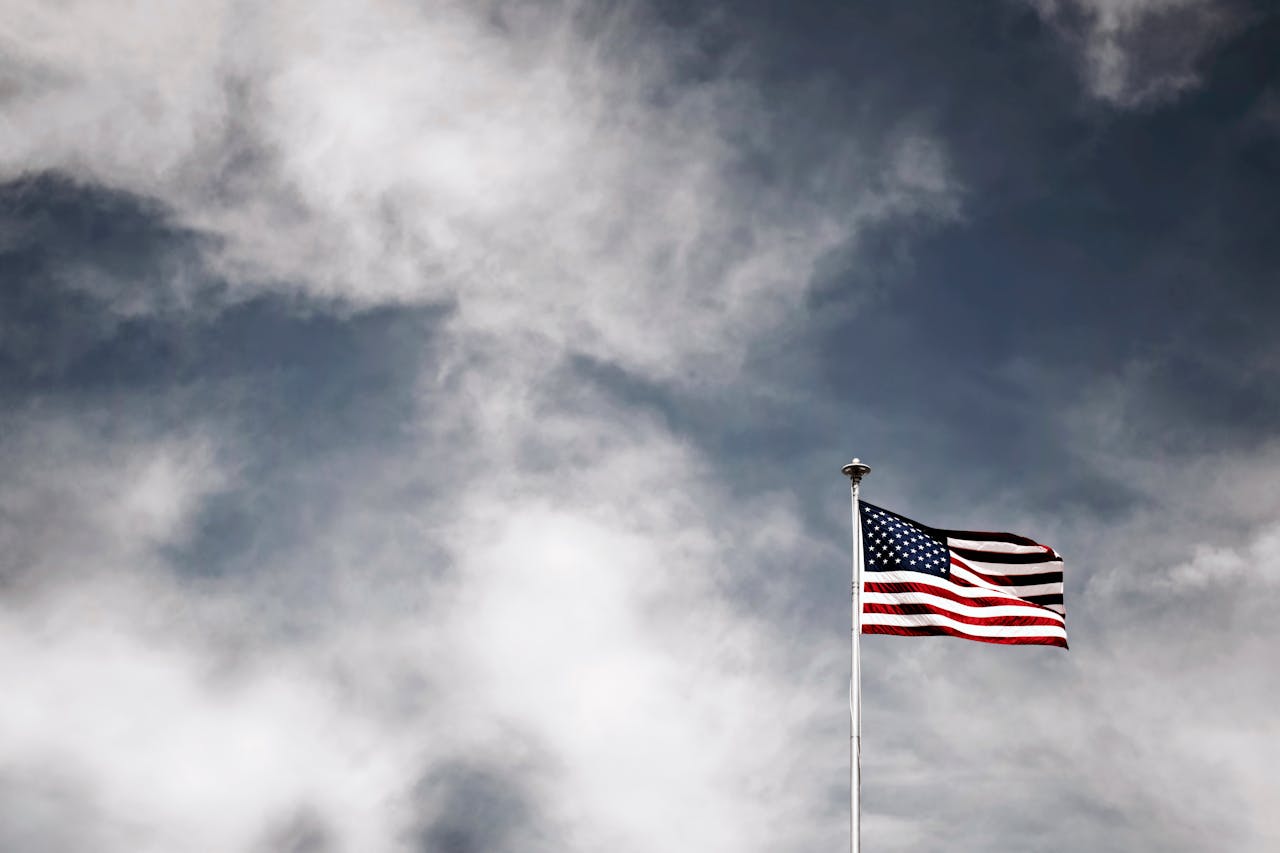July 4th history: Understanding America’s birth & independence

Statue of Liberty
The Fourth of July, officially known as Independence Day, is a cornerstone of the American calendar, observed as a federal holiday across the United States. Its significance lies in commemorating a pivotal moment in global history: the adoption of the Declaration of Independence on July 4, 1776. This act formally severed the political ties between the thirteen American colonies and Great Britain, asserting the colonies’ right to self-governance and establishing them as an independent nation.
The path to this declaration was long and fraught with tension. For over a century and a half, the American colonies operated largely under British rule, but a distinct sense of identity and a desire for greater autonomy began to emerge. A primary source of contention arose after the costly Seven Years’ War, when Great Britain, burdened by debt, began to impose new taxes on the colonies. These included measures like the Stamp Act and the Townshend Acts. The colonists vehemently protested these taxes on the principle of “no taxation without representation,” arguing that they should not be taxed by a Parliament in which they had no elected voice. This core grievance, coupled with economic restrictions on colonial trade and manufacturing, fuelled growing resentment.
Key events further escalated the animosity, transforming simmering discontent into open rebellion. The Boston Massacre in 1770, where British soldiers fired upon unarmed colonists, and the infamous Boston Tea Party in 1773, a defiant act of protest against the Tea Act, became rallying points for the burgeoning independence movement. Britain’s heavy-handed response, particularly the punitive Intolerable Acts, designed to punish Massachusetts for the Tea Party, only served to galvanise the other colonies and push them closer to a unified front against British authority.

The escalating crisis led to the convening of the First Continental Congress in Philadelphia in September 1774, where colonial delegates sought to address grievances and formulate a unified response. While initially not advocating for full independence, the outbreak of armed conflict at Lexington and Concord in April 1775—often referred to as “the shot heard ’round the world”—irrevocably shifted the momentum towards revolution. As the war for independence commenced, influential writings like Thomas Paine’s “Common Sense” powerfully articulated the arguments for complete separation from the Crown, convincing many colonists that independence was not only desirable but essential.
The culmination of these events occurred in the summer of 1776 at the Second Continental Congress in Philadelphia. On July 2, 1776, a momentous vote was cast, with the Congress officially declaring independence from Great Britain. Two days later, on July 4, 1776, the Declaration of Independence, largely penned by Thomas Jefferson, was formally adopted. This foundational document, a copy of which can be viewed at the National Archives, was more than just a formal break with the monarchy; it was a powerful philosophical statement affirming universal principles of human rights, liberty, and the pursuit of happiness, laying the ideological groundwork for the new nation.
Today, July 4th, is celebrated across the United States with widespread festivity and patriotic displays. The holiday is synonymous with spectacular fireworks displays that illuminate the night sky, often accompanied by patriotic music. Communities nationwide host parades featuring marching bands, historical reenactments, and local organisations. It’s a day for communal gatherings, with families and friends often enjoying barbecues and picnics. Public spaces frequently host concerts and festivals, all steeped in patriotic fervour. Beyond the celebrations, Independence Day serves as a profound opportunity for Americans to reflect on the historical struggle for their nation’s founding, the enduring principles enshrined in the Declaration of Independence, and the continuous journey towards realising its stated ideals.

